 |
by Evan Ackerman on (#6664M)
|
 IEEE Spectrum
IEEE Spectrum
| Link | https://spectrum.ieee.org/ |
| Feed | http://feeds.feedburner.com/IeeeSpectrum |
| Updated | 2025-12-17 01:00 |
by Amanda Davis on (#64G7V)
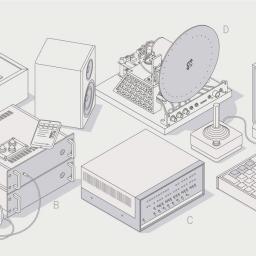 |
by Stephen Cass on (#6654D)
|
 |
by Erico Guizzo on (#66568)
|
by Willie Jones on (#663PF)
 |
by Joanna Goodrich on (#662TW)
|
 |
by Rahul Rao on (#662QN)
|
 |
by Samuel K. Moore on (#662N1)
|
by John Voelcker on (#661QD)
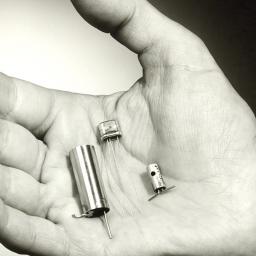 |
by Glenn Zorpette on (#661H4)
|
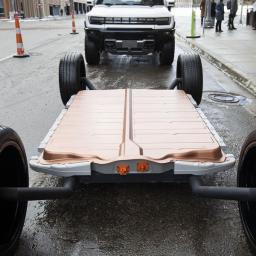 |
by Robert N. Charette on (#660XA)
|
 |
by Eliza Strickland on (#660S0)
|
 |
by The IEEE Standards Association on (#65ZWV)
|
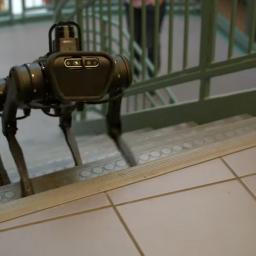 |
by Evan Ackerman on (#65ZRC)
|
by Greg Goth on (#65YKE)
 |
by Samuel K. Moore on (#65YB3)
|
by Teledyne on (#65XC4)
 |
by UL Solutions on (#65XC5)
|
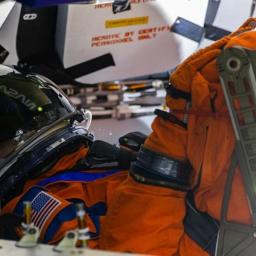 |
by Evan Ackerman on (#65X1E)
|
 |
by Margo Anderson on (#65W43)
|
 |
by David C. Brock on (#65VSM)
|
 |
by Michael Koziol on (#65VQE)
|
 |
by Kathy Pretz on (#65TNA)
|
by Robert N. Charette on (#65S8Y)
 |
by Tekla S. Perry on (#65RGP)
|
 |
by Allison Moy on (#65QW0)
|
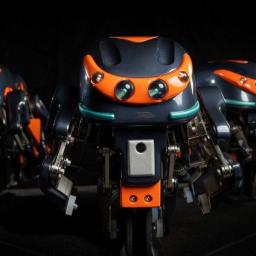 |
by Evan Ackerman on (#65QQK)
|
 |
by Evan Ackerman on (#65PQ0)
|
 |
by Samuel K. Moore on (#65PJH)
|
 |
by Technology Innovation Institute on (#65P83)
|
 |
by Clarivate on (#65MJV)
|
 |
by BAE Systems on (#65KQW)
|
 |
by Benjamin Gross on (#65JKT)
|
 |
by Kathy Pretz on (#65JKV)
|
 |
by Stacey Higginbotham on (#65JCN)
|
by 321 Gang on (#65JCP)
This is a sponsored article brought to you by 321 Gang.To fully support Requirements Management (RM) best practices, a tool needs to support traceability, versioning, reuse, and Product Line Engineering (PLE). This is especially true when designing large complex systems or systems that follow standards and regulations. Most modern requirement tools do a decent job of capturing requirements and related metadata. Some tools also support rudimentary mechanisms for baselining and traceability capabilities (“linking” requirements). The earlier versions of IBM DOORS Next supported a rich configurable traceability and even a rudimentary form of reuse. DOORS Next became a complete solution for managing requirements a few years ago when IBM invented and implemented Global Configuration Management (GCM) as part of its Engineering Lifecycle Management (ELM, formerly known as Collaborative Lifecycle Management or simply CLM) suite of integrated tools. On the surface, it seems that GCM just provides versioning capability, but it is so much more than that. GCM arms product/system development organizations with support for advanced requirement reuse, traceability that supports versioning, release management and variant management. It is also possible to manage collections of related Application Lifecycle Management (ALM) and Systems Engineering artifacts in a single configuration.
by COMSOL on (#65J2P)
 |
by Samuel K. Moore on (#65H8E)
|
by Teledyne on (#65FQZ)
 |
by Evan Ackerman on (#65FFK)
|
 |
by Leslie Russell on (#65EF0)
|
 |
by Ariel Conn on (#65DYB)
|
by Ariel Conn on (#65DYC)
 |
by Ariel Conn on (#65DYD)
|
 |
by Ariel Conn on (#65DYE)
|
 |
by Evan Ackerman on (#65CX7)
|
 |
by Joanna Goodrich on (#65BK2)
|
by Evan Ackerman on (#65BCS)
 |
by Samuel K. Moore on (#65B7W)
|
 |
by Erico Guizzo on (#65AGA)
|